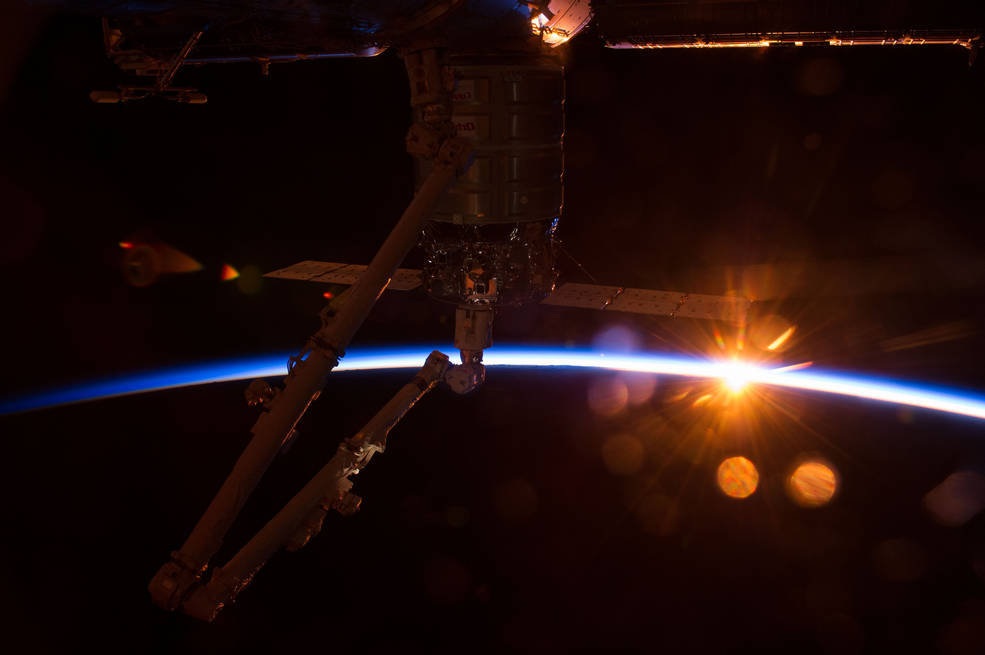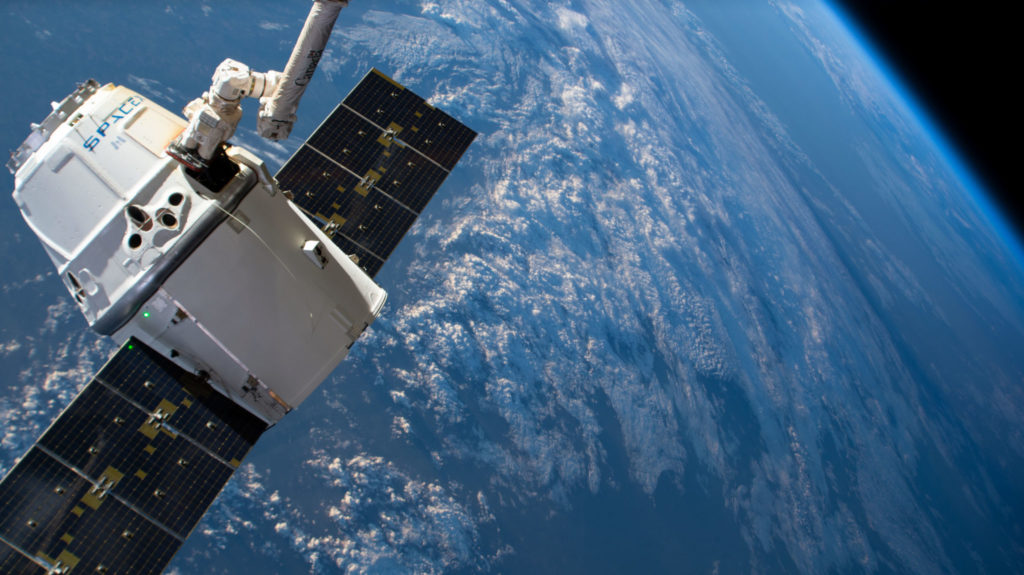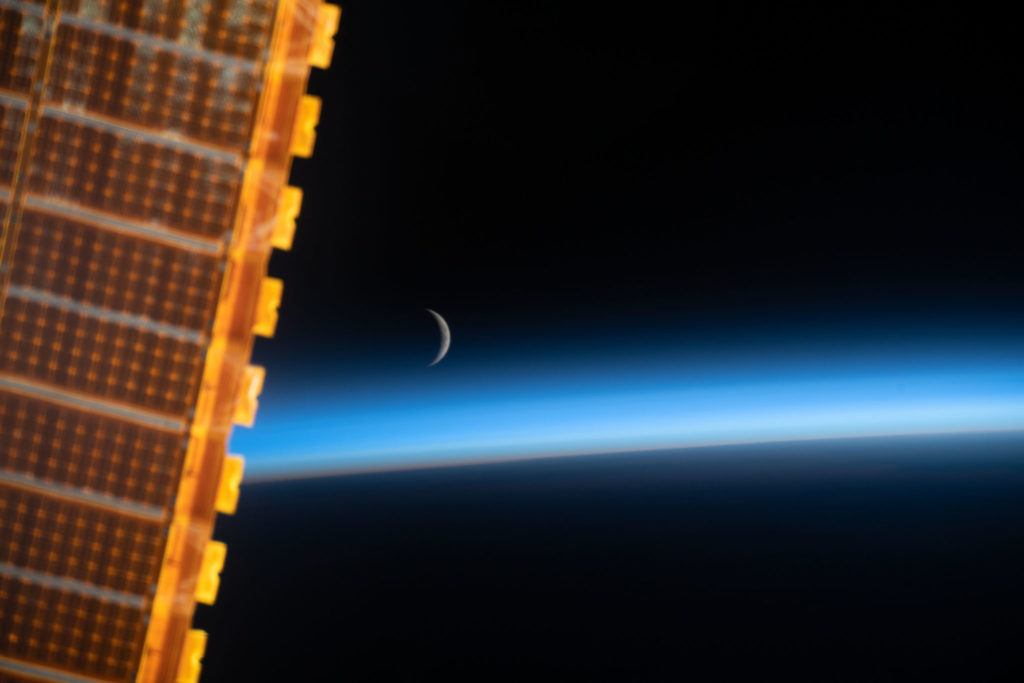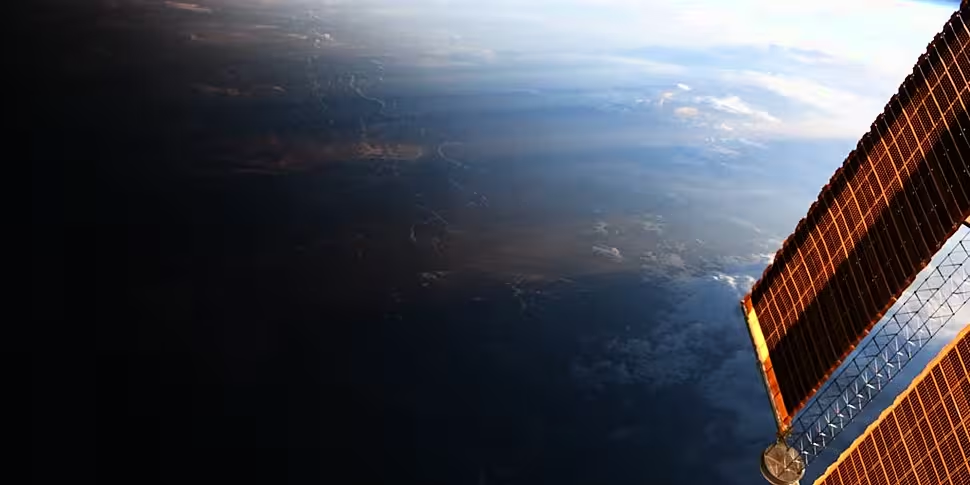NASA is set to open up the International Space Station to tourism.
The space agency said it will allow for two “short-duration private astronaut missions” per year from 2020.
It said the space tourists will be allowed to spend up to 30 days on the ISS, where they will join the select group of humans to have ever looked down on the planet from above.
They will also have the opportunity to engage in a range of commercial and marketing activities, provided NASA agrees to them.
The space tourist missions will be “privately funded, dedicated commercial spaceflights” – however, the private astronauts must travel into orbit on-board a NASA-certified rocket, like those developed by SpaceX and Boeing.
Directive
NASA’s Code of Conduct prevents crew members from taking part in any activity that is “motivated, or has the appearance of being motivated by private gain.”
However, the code notes that ISS duties are exempt from the ban and, under the new directive released today, any commercial or marketing activity agreed with the space agency ahead of time will now be considered an ‘ISS duty.’
Space travel agencies will be required to ensure that the private astronauts pass NASA’s medical standards and training procedures before leaving Earth.
 The sun rises over Earth from the ISS. Image: NASA
The sun rises over Earth from the ISS. Image: NASASpace hotels
The space agency said it hopes the plan will demonstrate the demand for new commercial destinations in low-Earth orbit.
It said it hopes to see a range of “independent, commercial and free-flying habitable destinations” orbiting the planet.
It is now partnering with industry to ensure that tourists will be able to travel to these new space hotels – either directly or by transiting through the space station.
 The SpaceX Dragon cargo craft moments before being released from the ISS. Image: NASA
The SpaceX Dragon cargo craft moments before being released from the ISS. Image: NASACommercial research
NASA is also opening up the ISS to commercial companies – allowing them to test their technologies, train astronauts and manufacture, market and promote their products in space.
It said it hopes the plan will kick-start the commercial space exploration market and support its goal of landing the first woman and next man on the Moon by 2024.
The 2024 plan is the first step in NASA’s goal of establishing a sustainable human presence on the moon.
 The waxing crescent moon is photographed just above Earth's limb and the fading, bluish hue of the atmosphere at the beginning of an orbital sunrise on the ISS. Image: NASA
The waxing crescent moon is photographed just above Earth's limb and the fading, bluish hue of the atmosphere at the beginning of an orbital sunrise on the ISS. Image: NASAOrbital advertising
Companies will also be able to borrow NASA’s ISS crew-members for their commercial work although, with only 90 hours of crew time available each year, companies will expect to pay a heavy price for the opportunity.
NASA said it hopes it will one day become just one of many customers purchasing space services and capabilities from a range of different space companies.
More than 50 companies are already conducting commercial research and development on-board the space station.









